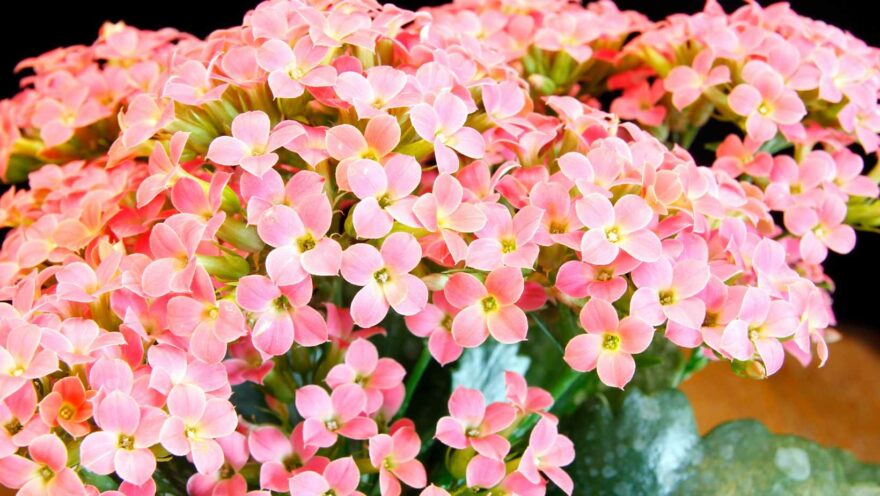Kalanchoe how often to water
Underwatering is a common problem with kalanchoe plants. These succulents are native to Madagascar and are adapted to surviving in very dry conditions. Nevertheless, they still need some water to stay healthy. If you’re not sure how often to water your kalanchoe plant, here are some signs to look out for that will tell you it’s time to give it a drink.
What are the signs of underwatering in kalanchoe plants?
The kalanchoe plant is a succulent that is native to Madagascar. They are easy to care for and require little water. However, if you do not water them enough, they will start to show signs of underwatering. These signs include wilting, yellowing, and crispy leaves. If you see any of these signs, make sure to water your kalanchoe plant as soon as possible.
The leaves are wilting
One of the most common signs of underwatering is wilting leaves. This is because when the plant doesn’t have enough water, it can’t transport water and nutrients to the leaves effectively. As a result, the leaves will start to droop and look wilted.
Other signs of underwatering include:
-Dry or crunchy soil
-Fewer flowers than usual
-Leaves that are yellow, brown, or papery
-Stunted growth
The leaves are dry and/or brown
If the leaves of your kalanchoe are dry and/or brown, this is a sign that the plant is not getting enough water. The leaves will feel papery to the touch and may even be slightly brittle. If you see these signs, water your kalanchoe immediately and make sure to water it more often in the future.
Other signs of underwatering in kalanchoe plants include:
-The leaves are small and shrivelled
-The flowers are wilted and/or discoloured
-The plant looks overall unhealthy
The plant is not growing
If your kalanchoe plant is not growing, it may be a sign that it is not getting enough water. The plant will start to wilt and the leaves will begin to turn yellow. The stem may also start to wrinkle. If you see these signs, water your plant right away.

How often should you water kalanchoe plants?
Kalanchoe is a genus of about 125 species of succulent flowering plants in the Crassulaceae family, native to Madagascar and tropical Africa.Kalanchoes are characterised by a Navel or pitcher-like structure on their leaves, which is used to collect water. They are also known to store water in their leaves, which is why they are often considered to be succulents.
Once a week
Under watering is a common problem with Kalanchoe plants. These tips will help you know if your plant needs more water.
Kalanchoes are succulents, which means they store water in their leaves. When the leaves start to wrinkle and pucker, it’s a sign that the plant is short on water.
If you see your plant wilting, that’s another sign that it needs to be watered. You should also check the soil to see if it’s dry. If it is, it’s time to give your Kalanchoe a drink.
In general, you should water your Kalanchoe once a week. But you may need to water more often during hot weather or if the plant is in a pot with drainage holes.
More frequently in hot weather
It’s possible to underwater kalanchoe possibly by not providing enough water during hot weather when the plant is actively growing. The signs of underwatering are wilting leaves, dry soil, and flowers that drop prematurely. If you see these signs, increase watering frequency until the plant recovers. In general, during the summer months, water kalanchoe plants every 5 to 7 days. Allow the top 2 to 3 inches of soil to dry out between watering.
Conclusion
In general, kalanchoe plants prefer to be slightly on the dry side rather than too wet. If you are unsure whether or not to water your plant, it is better to err on the side of underwatering. Signs of underwatering in kalanchoe plants include wilting leaves, dry soil, and brown leaf tips. If you think your plant is overdue for a drink, water it thoroughly and then let the soil dry out completely before watering again.
